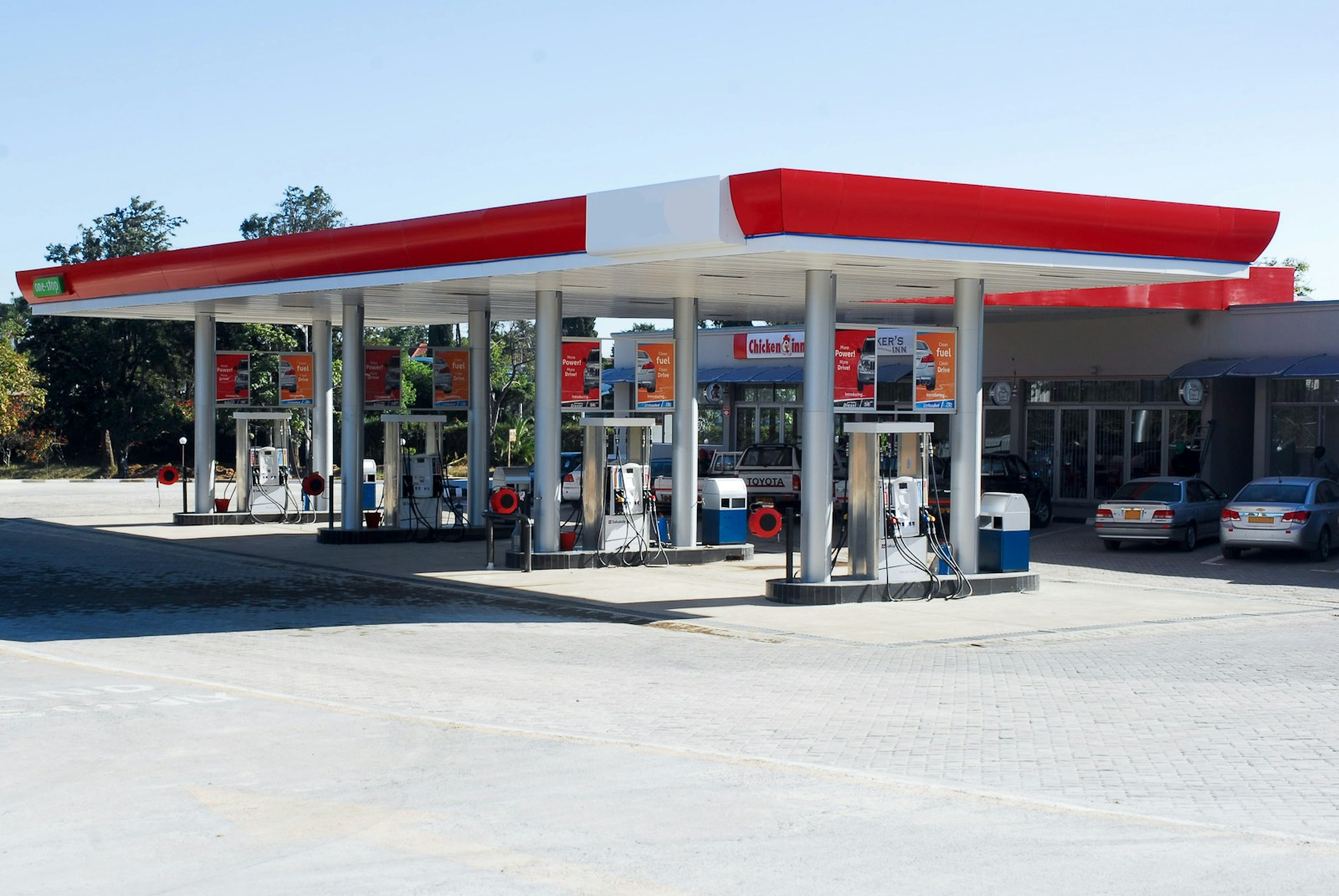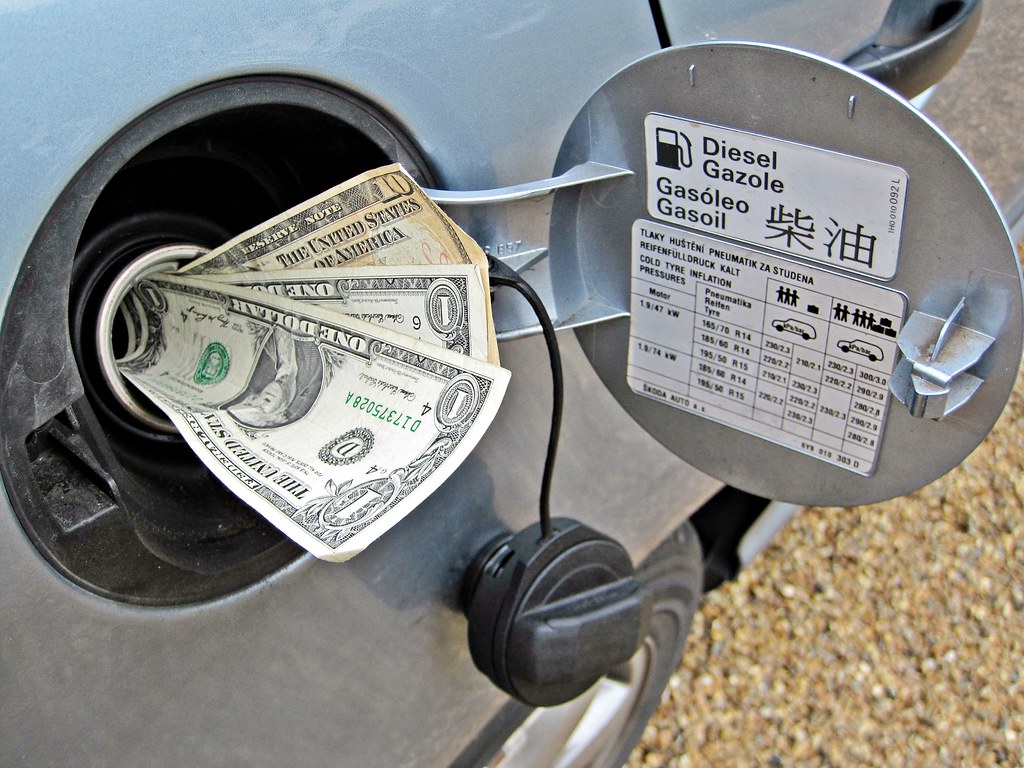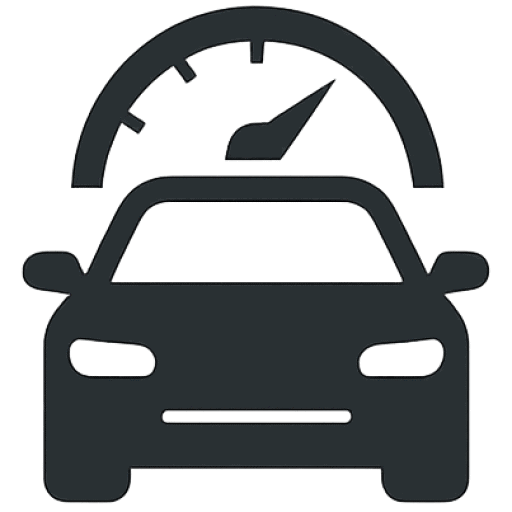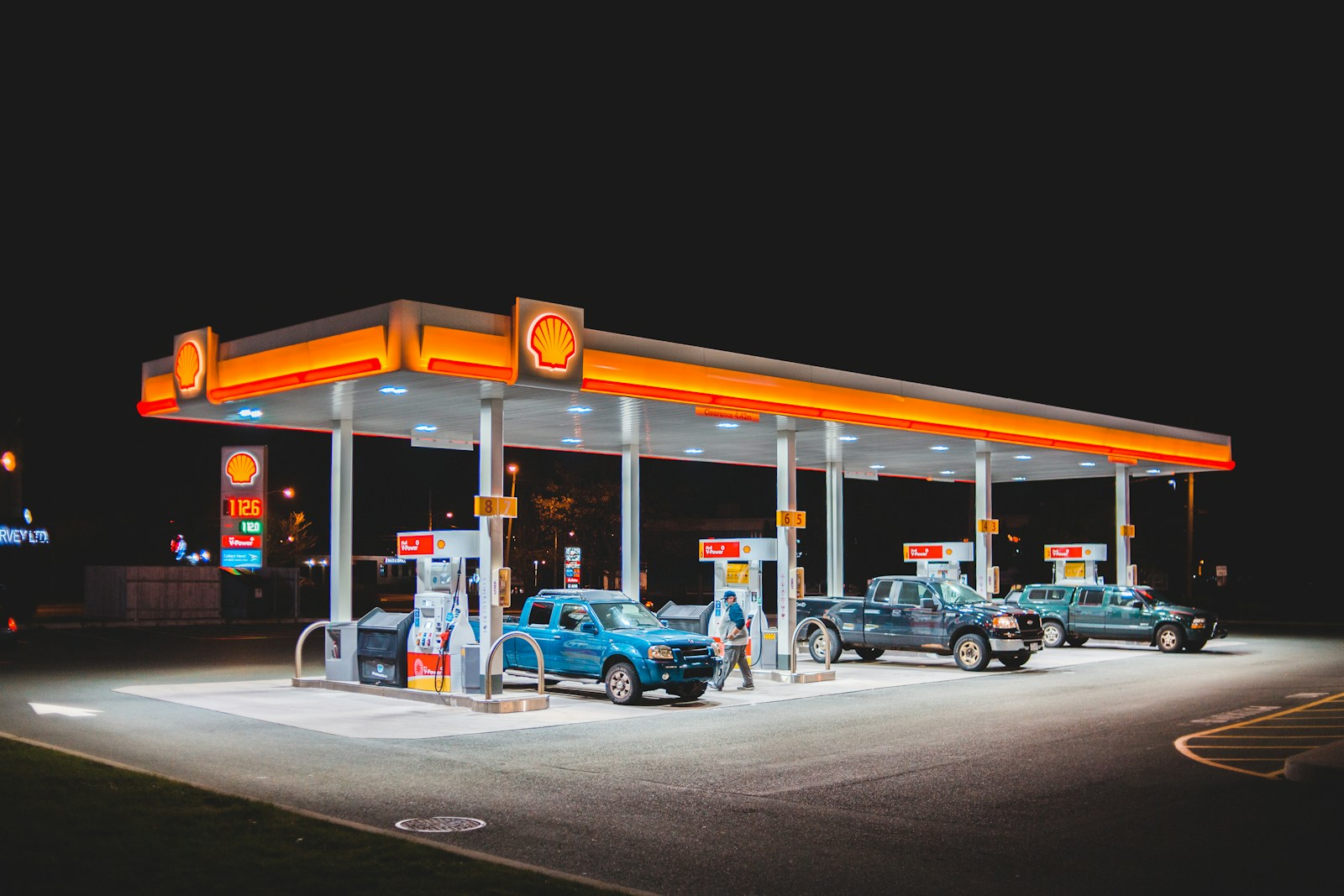With gas prices rising unpredictably and fuel efficiency becoming more important than ever, finding ways to stretch your tank can save you hundreds of dollars a year. Whether you drive a compact car, SUV, or truck, improving your gas mileage is easier than you think—and doesn’t require buying a hybrid or switching to an EV.

Here’s a breakdown of simple, effective habits, maintenance tips, and smart upgrades that can help you get better fuel economy on every drive.
🚗 1. Drive Smoothly and Steadily
Aggressive driving—like rapid acceleration, hard braking, and speeding—burns gas much faster. According to the U.S. Department of Energy, it can reduce gas mileage by 15% to 30% on highways and 10% to 40% in stop-and-go traffic.
Pro tip: Accelerate gently and anticipate traffic to minimize braking.
🚦 2. Use Cruise Control on Highways
Maintaining a constant speed helps your engine run more efficiently. On flat terrain, cruise control can improve fuel efficiency by reducing unnecessary speed fluctuations.
Avoid using cruise control on hilly or curvy roads where your car may work harder to maintain speed.
🧊 3. Reduce Idling Time
Idling gets 0 miles per gallon. If you’re parked or waiting for more than 30 seconds, turn off the engine (unless you’re in traffic or extreme weather). Modern engines don’t need to be “warmed up” for long periods.
🕳️ 4. Avoid Bumpy, Unpaved Roads
Driving on gravel or poorly maintained roads can reduce your fuel efficiency by up to 30%. These surfaces create more rolling resistance, making your engine work harder.
If possible, choose paved routes, even if they’re slightly longer.
⛽ 5. Don’t Overfill Your Gas Tank
Topping off after the pump clicks off can flood your vapor collection system and reduce fuel efficiency. Stop when the nozzle shuts off automatically.
💨 6. Check Your Tire Pressure Often
Underinflated tires increase rolling resistance, which means your engine needs to use more fuel. Check your tire pressure monthly, especially during weather changes, and inflate to your vehicle’s recommended PSI.
A drop of 1 PSI in all four tires can reduce gas mileage by up to 0.4%.
📦 7. Lighten Your Load
Every 100 pounds of unnecessary weight in your car can reduce MPG by about 1%, especially in smaller vehicles. Clean out your trunk and remove items you don’t need for daily driving.
Roof cargo boxes create wind drag and reduce fuel efficiency by up to 15% on highways. Remove them when not in use.
🛠️ 8. Keep Your Car Maintained
A well-maintained engine burns fuel more efficiently. Follow your manufacturer’s recommended maintenance schedule, and pay attention to:
- Oil changes
- Spark plug replacement
- Air filter changes
- Fuel system cleaning
🛞 9. Use the Right Motor Oil
Using the wrong oil can hurt performance. Always use manufacturer-recommended motor oil viscosity, as the wrong type can reduce MPG by 1%–2%.
Look for “Energy Conserving” oils that reduce friction and improve engine efficiency.
🌬️ 10. Replace a Dirty Air Filter
A clogged air filter reduces airflow to your engine and hurts performance. Modern cars with fuel-injection systems may not see a dramatic MPG drop, but performance still suffers.
Check your air filter every 12,000–15,000 miles, or more often if you drive in dusty areas.
🛞 11. Keep Your Wheels Aligned and Balanced
Misaligned or unbalanced tires can cause your vehicle to pull to one side, increasing rolling resistance and gas consumption. If you notice uneven tire wear or your car drifts, get an alignment check.
🧼 12. Use Fuel Additives (Sparingly)
Some fuel system cleaners and additives claim to improve combustion and clean injectors. While results may vary, using a trusted fuel system cleaner every 3,000–5,000 miles can help, especially in older cars.
Just avoid relying on them as a replacement for regular maintenance.
🕹️ 13. Shift Gears Smartly (Manual Drivers)
Driving a manual? Shift early and smoothly. High revs burn more gas. Try to stay in the highest appropriate gear without laboring the engine.
🧊 14. Use A/C Wisely
Air conditioning puts extra load on your engine and can lower fuel economy—especially at lower speeds. At city speeds, open the windows instead. On highways, A/C is usually more efficient than open windows (which create aerodynamic drag).
🔌 15. Consider Upgrades That Improve MPG
Simple upgrades and habits can give you small gains that add up:
- Low rolling resistance tires: Improve traction and save gas
- Synthetic oil: Reduces friction and heat
- Engine tune-ups: Can restore up to 4% fuel economy
- Fuel-efficient driving apps: Track habits and help optimize your routes

✅ Summary Table: Key Tips at a Glance
| Tip | Estimated Fuel Savings |
|---|---|
| Smooth driving | 10%–30% improvement |
| Cruise control on highway | 4%–14% improvement |
| Correct tire pressure | Up to 3% improvement |
| Regular maintenance | 4%–10% improvement |
| Lightening car load | 1% per 100 lbs |
🧠 FAQs
1. Does premium gas improve fuel economy?
Not unless your vehicle specifically requires premium fuel. Using premium in a car designed for regular gas won’t improve mileage or performance and will just cost more.
2. How much can I realistically save per year?
If you drive 15,000 miles a year and improve your fuel economy by 10%, you could save $200–$400 annually, depending on gas prices and vehicle type.
3. Do hybrid driving techniques work on regular cars?
Yes! Even if you’re not driving a hybrid, techniques like coasting to stops, gentle acceleration, and staying under 65 mph can dramatically improve MPG in any vehicle.
🚀 Final Thoughts
Getting better gas mileage doesn’t require gimmicks or expensive modifications. It comes down to smart habits, regular upkeep, and being more intentional about how you drive.
By implementing even a handful of the tips above, you’ll not only save money—but also reduce your car’s environmental footprint and keep it running smoothly for years to come.
Let’s Talk Cars
Have a question? A suggestion? Just want to say hi?
You’re in the right place.
Use the form below to reach out to the AutoSpecs Daily team. We're happy to hear from readers, car lovers, first-time buyers, and anyone who's got something to share.
What can you contact us about?
- Feedback on one of our articles
- Ideas for new topics you'd like us to cover
- Questions about cars, gear, or general auto advice
- Media, partnership, or brand inquiries
- Anything else that's on your mind
We check every message that comes through and do our best to respond within 2 to 3 business days.
We don’t list an email address here to avoid spam, but the contact form is the best and fastest way to reach us.
Thanks for stopping by. We're glad you're here.

